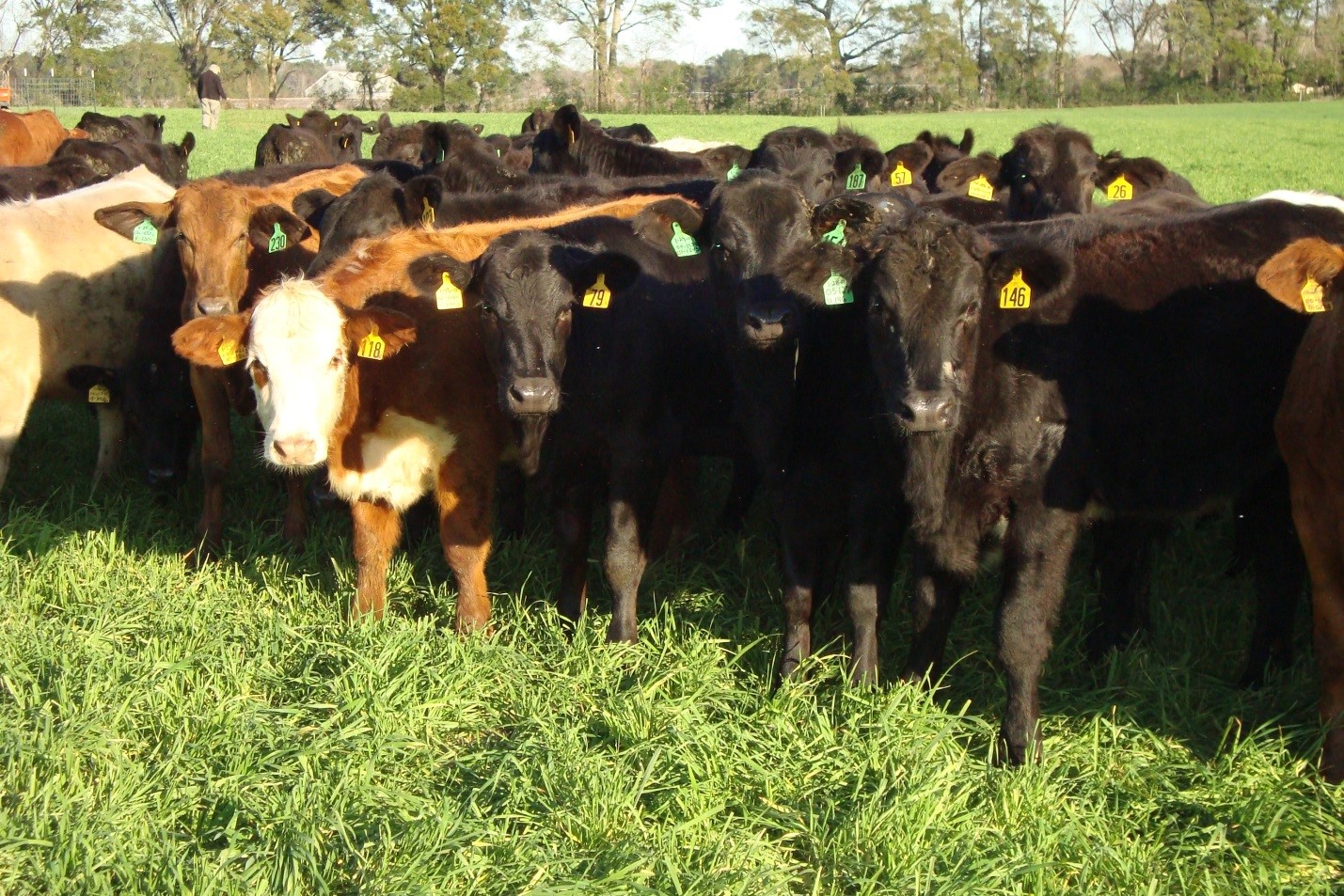
Nicolas DiLorenzo, State Beef Specialist, University of Florida NFREC
Now that we have left behind a few years of severe droughts and hay shortages, there has been renewed talk about beef herd reconstruction in the U.S. fueled by a couple years of encouraging calf prices. A nationwide survey conducted by BEEF Magazine indicates that 55% of the survey respondents (beef producers) are planning to expand in the next few years. Specifically for the South Atlantic region, which includes the state of Florida, 60% of the respondents indicated that they plan to expand their beef herds.
Whether you are planning to expand or maintain the same number of animals, the development of heifers to become successful productive cows is a key aspect of a cattle enterprise that is often overlooked. In our most recent Northwest Florida Beef Conference, that took place on February 12 in Marianna, we were fortunate to have Dr. Rick Funston from the University of Nebraska as a keynote speaker. Dr. Funston shared with us several important aspects of heifer developments that I will summarize below. I will also provide some practical considerations for heifer development for beef producers in the Florida Panhandle.
Keys for successful heifer development
- Target optimum pregnancy rates and not maximum pregnancy rates: Perhaps not all heifers deserve to be pregnant. Providing a restriction (nutrition or days of the breeding season) can help select for heifers adapted to the resources at hand
- Target an average daily gain (ADG) of about 1.5 to 2 lb/d over the entire heifer development
- Average weight gain rates during the entire heifer development can be achieved by:
a) Maintaining an even ADG during the development phase
b) High ADG at the beginning and low ADG in the last part of the development phase
c) By having low ADG early and then increasing ADG towards the end.
This option achieves the same goal as a) and b) but at a much lower feed cost
- Heifers respond to a “flushing” effect, so a change in plane of nutrition from low to high positively affects pregnancy rates
Considerations for Florida producers
One of the nutritional keys for a successful development is to be able to provide feeds with sufficient protein (12 to 14% CP) for muscle development and not too much energy to avoid excessive fat deposition. A practical approach in Florida can be to use good quality bermudagrass hay (which can have 10 to even 12% CP when properly managed and fertilized) supplementing with 1% of the body weight using a mid to high protein commodity such as corn gluten feed or distillers grain. At the North Florida Research and Education Center we are conducting some experiments to evaluate the potential of locally developed commodity feeds based on peanut hulls or cotton byproducts. We are hoping to share results with you soon.
Additional Reading:
Improving the Productivity of Beef Heifers in Florida
What Does It Cost to Develop a Replacement Heifer?
 0
0
